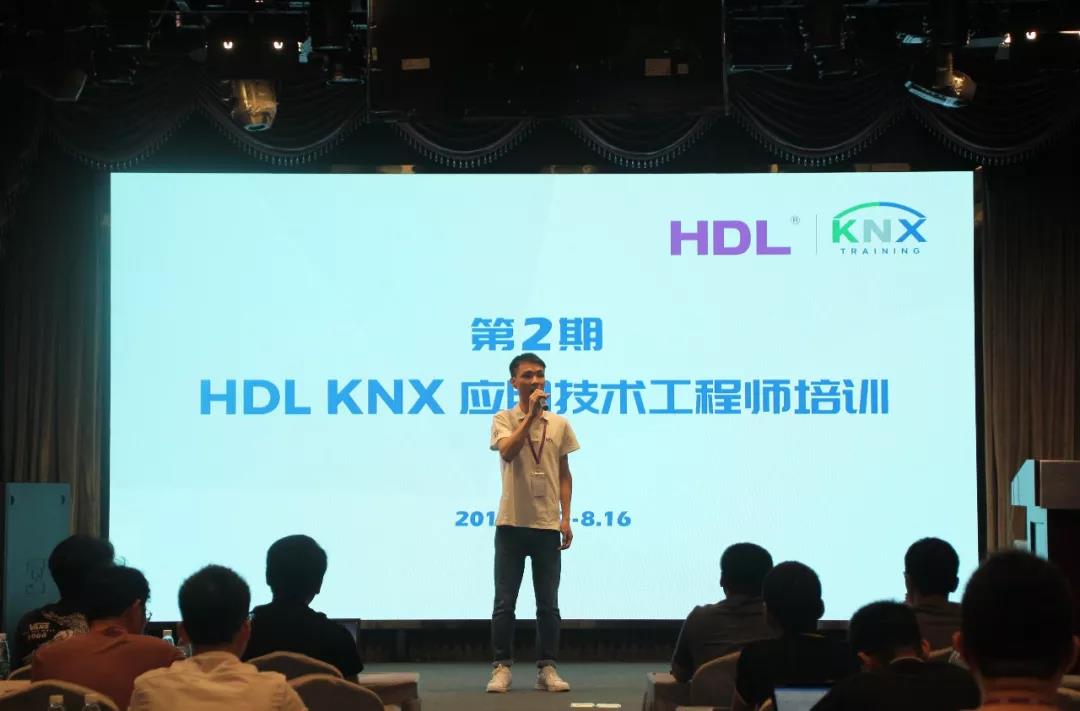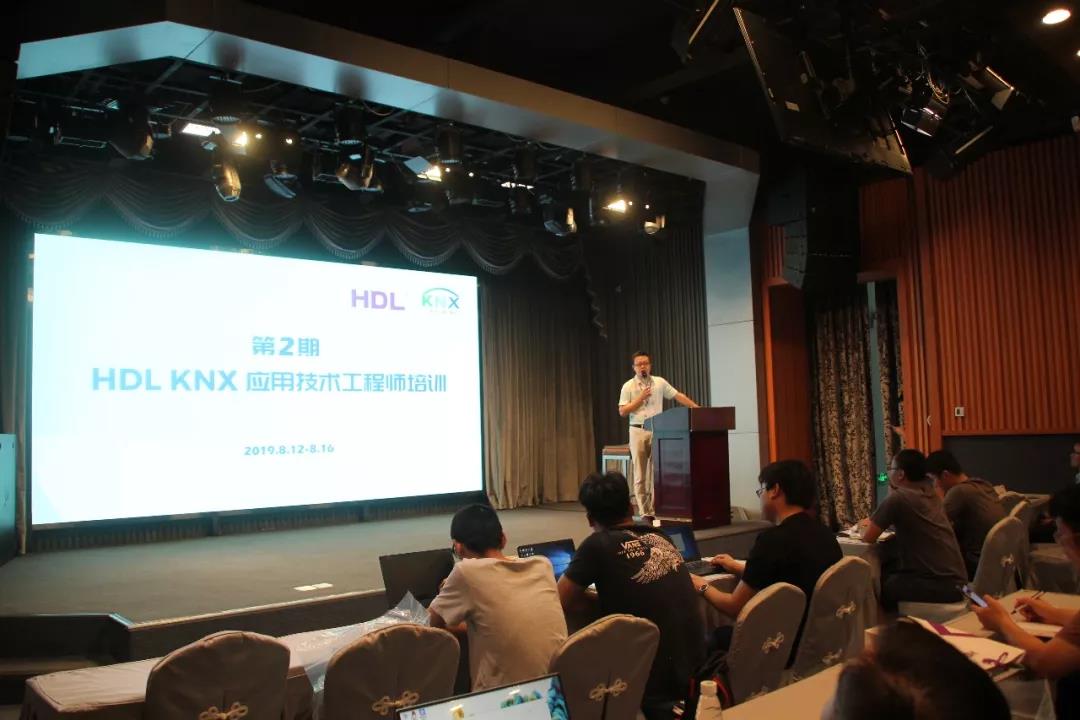please fill out the form. We're ready to receive your message.

The release date:2019/8/22 0:00:00
Recently, HDL held a KNX technical training in Guangzhou.

During this training, trainees learned about theories of the KNX technology and how to apply them in practice. At the end of the training courses, all trainees have to take an examination both on paper and operation, and those who finally pass the exam will receive an engineer certificate issued by KNX international.

Actually, it was the second time that HDL held this training. KNX is a worldwide standard for home and building control, with a combination of three European bus protocols, EIB, BatiBus, and EHS. As the first Chinese manufacturer joined in the KNX Association, HDL constantly provides highquality products for the market, like relays, dimmers, curtain controllers, etc.

So far, HDL KNX products have been applied in plenty of large smart building projects, such as the Australia Institute of Architects (AIA) Building, the Federation of Korean Industries Headquarters, and so on.

How is KNX doing in the market? Take the Chinese market as an example. According to BSRIA's 2017 market research, the wired system account for the vast majority of Chinese overall residential intelligent systems market, among which 38% uses proprietary protocols while KNX systems account for 42%. Why KNX is so popular? The reasons are as follows.

First of all, as to the standard, all official KNX approved products meet International Standard, European Standard, Chinese Standard, and ANSI/ASHRAE Standard.

Moreover, KNX is the world’s a open Standard for commercial and residential building control. Regardless of who manufactures the KNX products, all products can work together in one project.

In addition, the KNX system, which communicates with the KNX protocol, provides more convenience, more safety, and higher energy savings for users. Every KNX system can be connected with 65536 devices and users can easily control all these devices or appliances in their homes and buildings by mobile phones, wall panels, iPad, etc.
Please see more on www.hdlautomation.com



